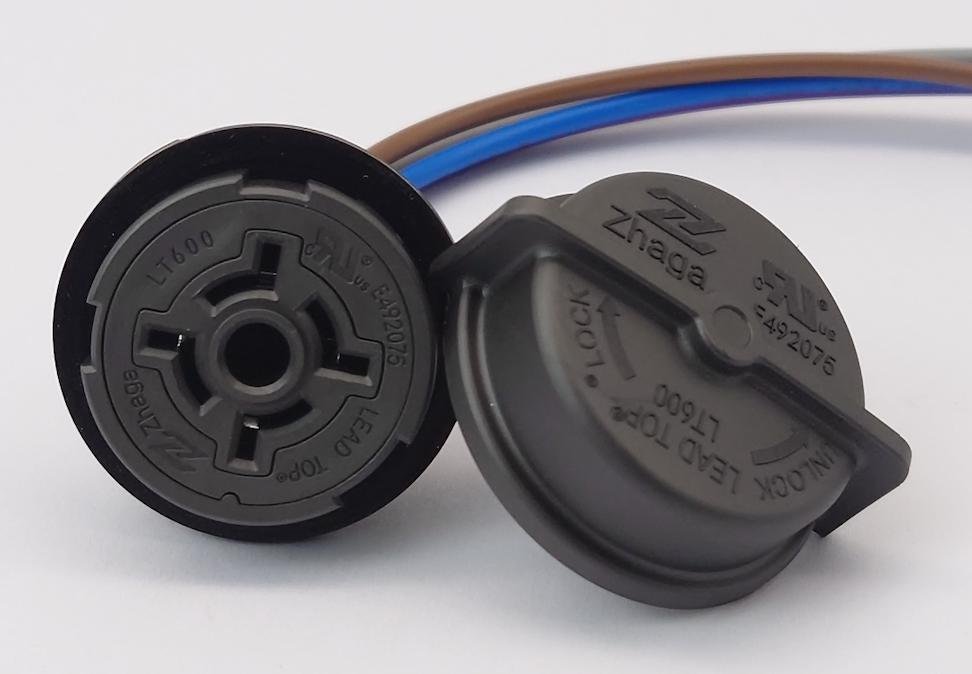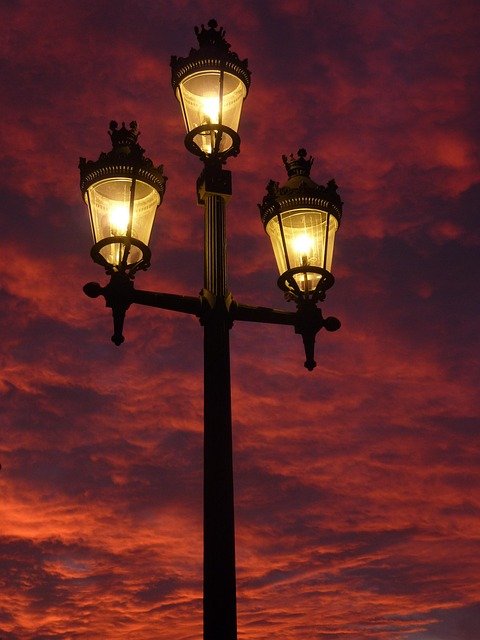As cities continue their transition toward smart city infrastructure, streetlighting plays a great role in balancing public safety and sustainability. Traditional fixtures mostly struggle to keep pace with advancing technology, resulting in expensive retrofits or complete replacements, this is where the Zhaga Book 18 standard comes in.
Made as a global interface for outdoor lighting, it allows future-proof streetlights to be built on a modular platform. By regulating how sensors, drivers, and control modules connect, Zhaga makes sure that today’s investments won’t be out of date tomorrow. Municipalities and OEMs can benefit from lower costs and long-term scalability.
Plug-and-Play Sensor and Module Integration
One of the essential quality of Zhaga Book 18 is its plug-and-play approach. Instead of hardwiring controls into luminaires, the standard creates a universal socket that can host compatible smart city sensors, drivers, or communication modules.
Imagine a streetlight that can switch seamlessly between functions , one month monitoring pedestrian activity, the next tracking environmental air quality. With Zhaga Book 18 upgrade options, the fixture’s body remains intact, while only the sensor or module is swapped. This minimizes:
- Installation time: no need for full rewiring
- Risk of damage: the luminaire shell stays untouched
- Downtime: modules are replaced in minutes
This modularity is mainly dangerous for LED module replacement, as LEDs degrade over time. Instead of replacing the complete luminaire, a contractor can exchange only the affected module, restoring brightness and efficiency at a very little cost. Another often-overlooked advantage of this plug-and-play approach is the reduction of training requirements for electricians and contractors.

Since Zhaga Book 18 standardizes interfaces, workers no longer need specialized training for different manufacturers’ products. This creates a consistent workflow across cities and projects. Moreover, the ability to fast upgrade modules encourages municipalities to test smart technologies on a small scale before deploying citywide. This decreases risks, letting cities to experiment with innovations without long-term commitments.
Adapting to New Digital and IoT Technologies
Streetlighting has moved vastly beyond illumination. Today, smart city sensors embedded in fixtures collect data, support public safety, and even decrease traffic congestion. However, without a universal interface, integrating new technologies into lighting networks can be slow and costly.
Zhaga Book 18, especially its 2.0 release paired with D4i specifications, solves this. It enables:
• Two-way digital communication between luminaires and control systems
• Energy monitoring to detect waste or outages in real time
• Adaptive dimming based on traffic, weather, or pedestrian activity
• IoT module integration, from environmental monitors to 5G boosters
For municipalities, this means every streetlight pole can become a node in the smart city network. Instead of treating lighting solely as an energy expense, Zhaga allows it to become a platform for urban data collection and management.
The adaptability ensures that as new IoT modules emerge, upgrading does not require tearing down fixtures, only a simple Zhaga Book 18 upgrade.
Beyond lighting, Zhaga’s adaptability opens the door for multi-service integration. For example, IoT modules connected through Zhaga can be used for environmental monitoring such as noise levels or pollution tracking. In dense urban areas, this data becomes crucial for public health initiatives. Streetlights can also become hosts for communication modules, like 5G nodes or Wi-Fi hotspots, helping cities expand connectivity while using existing infrastructure. This versatility strengthens the value proposition of Zhaga beyond just illumination.
Cost and Time Benefits of Modular Upgrades
For city planners and contractors, budgets and timelines mostly make or break projects. A key advantage of Zhaga Book 18 is how it moves lighting upgrades from capital-intensive replacements to progressive improvements, consider the total cost of ownership (TCO):
- Traditional streetlight upgrade: Replace entire luminaires when drivers or LEDs fail
- Zhaga modular approach: Swap only the failing component, like a sensor or driver
Over a 20-year period, this approach can save cities millions. Not only are parts cheaper, but labor hours and equipment rentals (like bucket trucks) are significantly reduced.
| Upgrade Aspect | Traditional Systems | Zhaga Book 18 Modular Approach |
| Fixture Replacement | Full luminaire replacement | Only module/driver replacement |
| Installation Time | 1–2 hours per unit | 15–20 minutes per unit |
| Cost Efficiency | High long-term expense | Reduced TCO |
| Environmental Impact | High waste output | Minimal — re-use main fixture |
Another missed benefit is incremental scalability. In place of disruptive rollouts, municipalities are able to easily set up new technologies, slowly upgrading only the areas that need it most, making it easier to secure funding and manage logistics.

Real-World Applications
Zhaga Book 18 isn’t theoretical; it’s already shaping projects worldwide. Cities across Europe and Asia have adopted the standard for:
- Street networks: ensuring consistent light levels while preparing for smart upgrades
- Parking lots: integrating sensors for adaptive dimming and traffic flow monitoring
- Pedestrian pathways: deploying motion-sensitive IoT modules to enhance safety while conserving energy
One common outcome reported is decreased maintenance cycles as cities reduce the number of site visits demanded by making LED drivers and control nodes hot-swappable. For contractors, this means hardly any emergency calls and longer-lasting relationships with clients. In a smart city context, every Zhaga-ready fixture becomes part of an upgradeable digital backbone. This ensures that future-proof streetlights evolve alongside technology rather than becoming obsolete.
Conclusion / CTA
In the progressing world of outdoor lighting, the question is no longer whether to adopt smart systems, but how to make them last for decades. In this context, the debate is clear: Zhaga Book 18 gives the best path forward.
By enabling plug-and-play module integration, simplifying LED module replacement, and ensuring readiness for smart city sensors, this standard delivers unmatched flexibility. It reduces costs, streamlines upgrades, and supports the transition toward truly connected cities.
At Lead-Top Electrical, we help municipalities and contractors embrace this shift with:
- A wide portfolio of Zhaga Book 18 upgrade solutions
- Surge-protected, weatherproof controllers designed for outdoor resilience
- Technical guidance to ensure smooth transitions from legacy systems to future-proof platforms
Ready to future-proof your network? Contact Lead-Top experts today and discover how Zhaga Book 18 can transform your next outdoor lighting project into a sustainable, smart city investment.
References:







